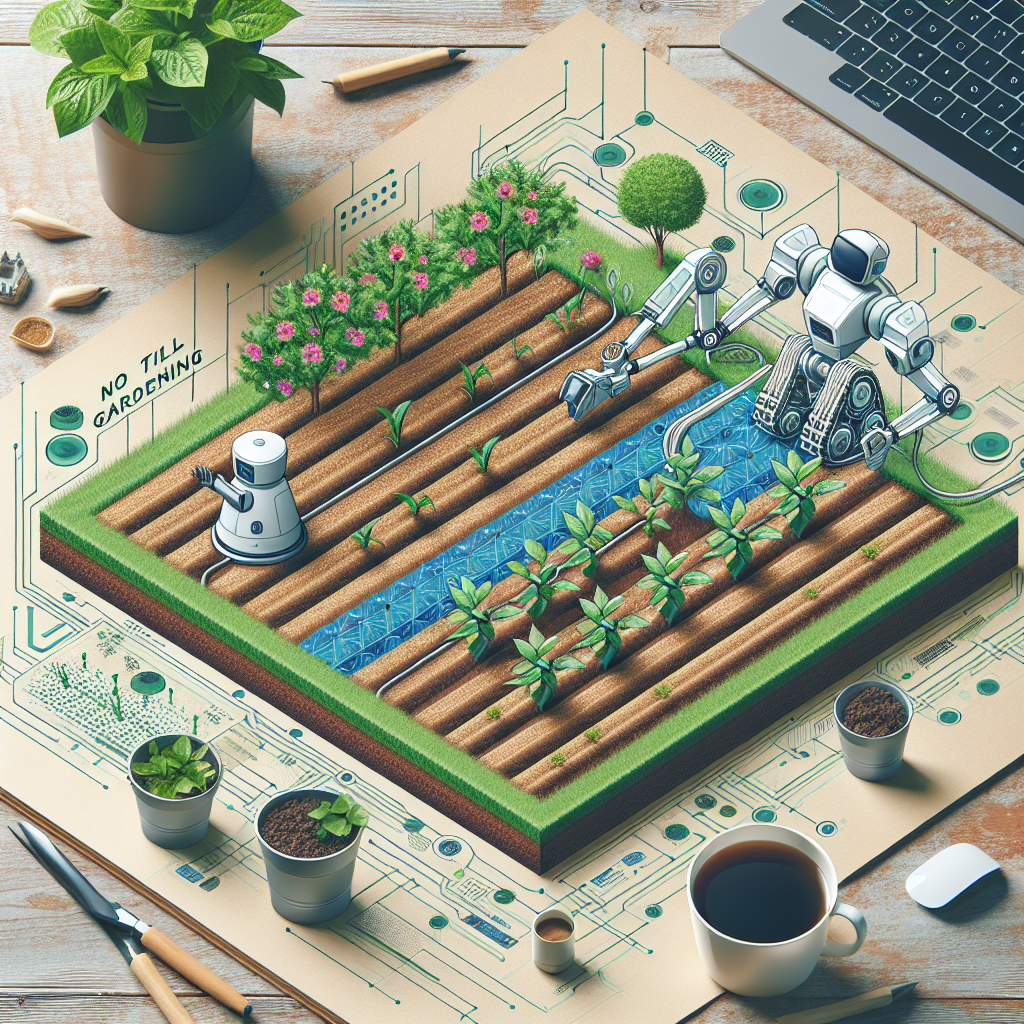Introduction to No Till Gardening: Understanding the Basics
No till gardening is a cultivation practice that eschews disturbing the soil through tillage. This horticultural technique involves leaving the soil intact, allowing it to maintain its natural structure and biodiversity. Unlike conventional gardening, which often relies on regular tilling to prepare the seedbed, no till gardening minimizes soil disruption, fostering a variety of soil organisms that play crucial roles in nutrient cycling.
The Benefits of No Till Gardening
Preservation of Soil Structure and Fertility
No till gardening diligently maintains the soil's structural integrity. By foregoing tillage, the complex network of fungal mycelium remains undisturbed, ensuring consistent soil fertility. Soil organic matter is less likely to be depleted, allowing for the accumulation of humus. This increase in organic matter enhances the soil's water retention ability and provides a steady release of nutrients for plants.
Reduction of Weed Growth and Erosion
The strategy reduces weed germination and growth due to less soil disturbance that otherwise brings weed seeds to the surface. The intact soil also resists erosion, which is often exacerbated by tillage practices that leave soil bare and susceptible to wind and water forces.
Conservation of Water and Energy
No till gardening contributes to water conservation as the soil structure allows for better water infiltration and retention. This method also reduces the gardener's energy expenditure and carbon footprint as it requires less labor-intensive work and eliminates the need for fuel-powered tilling equipment.
No Till Gardening Techniques and Tools
Mulching
Mulching is an integral part of no till gardening. It involves the application of organic material such as straw, wood chips, or compost on the soil surface, which suppresses weed growth, retains soil moisture, and adds nutrients as it decomposes.
Cover Cropping
Cover crops are planted to cover the soil, rather than for the purpose of being harvested. These crops protect and enrich the soil during periods when it might otherwise be left bare. Legumes, for instance, can fix nitrogen, enhancing soil fertility.
Crop Rotation
This practice involves alternating different crops in the same area across seasons or years. Crop rotation prevents soilborne pathogens from building up and mitigates the depletion of specific soil nutrients.
Proper Soil Preparation
In no till gardens, soil preparation is minimal but essential, focusing on measures such as broadforking to gently aerate the soil without inverting the soil layers or damaging its structure.
Case Study: Successful No Till Gardens
Scott's Organic Garden: A Year-round Bounty
Scott's Organic Garden serves as a testament to the efficacy of the no till approach. By implementing techniques such as mulching and cover cropping, Scott has created a garden that produces bountiful crops year-round while enhancing soil health.
Johnson Family Farm: Revitalizing Soil Health
Over several years, the Johnson Family Farm transitioned to a no till system. The farm has seen a remarkable improvement in the vitality of their crops and sustainability of their farming practices, showcasing the long-term benefits of no till gardening.
Expert Insights: No Till Gardening from Industry Professionals
Dr. Jane Peterson: Soil Health Expert
Dr. Peterson has published extensively on the soil microbiome, emphasizing that no till practices support a thriving ecosystem below ground which is essential for sustainable agriculture.
John Davis: Organic Gardening Guru
As an advocate for organic gardening, Davis promotes no till methods as key to organic integrity. He highlights the reduction in chemical inputs and the preservation of biological soil health.
The Environmental Impact of No Till Gardening
Reduction of Carbon Dioxide Emissions
No till practices are known to reduce CO2 emissions as the soil acts as a carbon sink, sequestering carbon that would otherwise contribute to greenhouse gases in the atmosphere.
Preservation of Biodiversity
By minimizing disturbance, no till gardening supports a diverse range of soil fauna and flora, which in turn benefits the larger ecosystem.
Protection of Water Quality
The approach safeguards water quality by reducing runoff, which often carries fertilizers and pesticides into water bodies, thus preventing contamination and eutrophication.
Conclusion: No Till Gardening - A Sustainable Approach for Healthy Gardens
No Till Gardening offers a multifaceted approach to creating sustainable, productive, and ecologically sound gardens. Its principles align with the broader goals of environmental stewardship and resource conservation.
Call to Action: Join the No Till Gardening Movement and Share Your Experiences
Practitioners and enthusiasts are encouraged to explore the no till methodology, share their outcomes, and contribute to a growing body of knowledge that supports this sustainable gardening practice.
Topics




